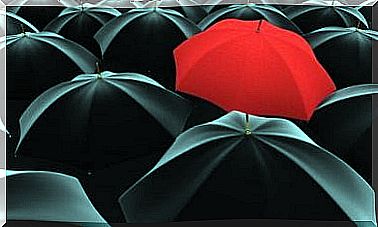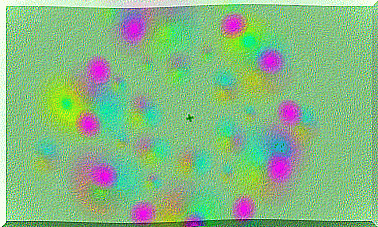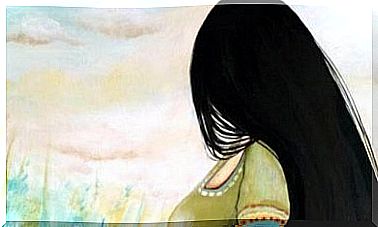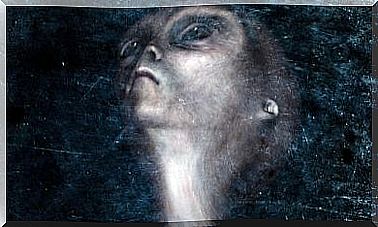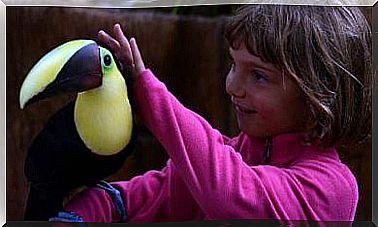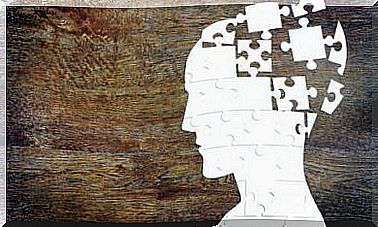M. Mahoney’s SCIENCE Program
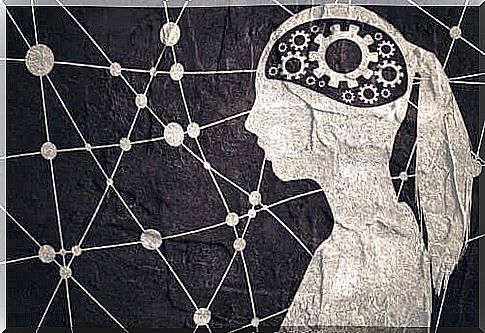
The SCIENCE program is aimed at solving problems by teaching the person to observe, analyze and evaluate possible alternatives in the face of a dilemma. The aim is for this assessment to exclude the anxiety and stress that usually characterize the management of issues that are important to the individual.
The SCIENCE program of M. Mahoney, which falls within the current of constructivist psychology, is framed in the group of protocols that help the person to acquire skills of analysis, identification and resolution of problems, modifying aspects such as behavior or thoughts.
Constructivism sees its origins in authors such as Piaget and in its genetic epistemology, whose objective was the search for the origins of the cognitions of the human being.
The starting point was the consideration of the human being as an active agent – not a passive or “patient” – in the process of acquiring skills and knowledge, and executor of change.
This means that the human being is not simply the sum of random conditions over which he has no power. Man is the architect of himself thanks to his dynamically relating to the context in which he moves.
Constructivism holds that any form of knowledge derives from a previous awareness. Piaget asserted that everything new is built on the basis of previous knowledge and that it usually surpasses it to complete itself and to complete.
From an early age we begin to give shape, little by little, to mental schemes from which our way of thinking, of perceiving, therefore of acting, derive.
Since patterns take shape in childhood, they repeat themselves autonomously, deflecting interpretations, like irrational thoughts of cognitive-behavioral models.
That is why the person learns to act, while some patterns rather than others interfere with that particular action. Some examples of patterns could be abandonment, failure, or magnificence.

Mahoney’s personal science
To design his problem-solving SCIENCE program, Mahoney starts with constructivism. He argues that each individual has a personal way of building, which responds in a coherent way to his identity, to his ego.
This way of building seems to repeat itself over time thanks to structures that took shape in the past and are still active today. This is why Mahoney names this program SCIENCE.
He recognizes in the human being a true scientist of his personal conflictual conduct – or at least of that in which at that given moment he seems to be stuck – in such a way that at the end of the process he becomes able to implement the changes useful to resolve the conflict.
True to its constructivist roots, the SCIENCE program requires active participation during training and application; this is because it puts emotions, self-control and self-regulation in the hands of the person in question. The responsibility of engaging and mastering the direction of his reactions is his responsibility.
SCIENCE protocol: abbreviations and order of application
Mahoney presents his program by associating each acronym of the word “science” (in Italian, “science”) with the guidelines to be followed for an optimal resolution of problems. These abbreviations correspond to:
- Specify (S): specify. Generally identify the problem to be solved. This can derive from strong emotional reactions, anxious thoughts, consequences of a behavior .. In this phase we try to determine the element that generates stress.
- Collect (C): collect. Before looking for solutions, or even making bad or counterproductive decisions, you need to look for information. It often happens not to know what is happening, not to understand why reality does not meet expectations, or to make a mistake in determining the problem you want to solve.
That is why there is a particular focus on personal science, self-knowledge and identifying what is wrong. To do this, one could start with exercises in positive psychology, with particular attention to the design of schemes or action plans, as well as to the distorting thoughts that could arise.
- Identify (I): identify. Using techniques such as the functional analysis of cognitive-behavioral models we can identify the causes from which it is assumed that the problem in question may arise. This allows to study the normative factors of the person, the environmental ones of the context, of protection, of risk.
- Examinate (E): Examine. Having obtained all the information, the aim is to find a solution capable of reducing the distance between what “must be” and what “is”. These solutions aspire not only to adapt to the nature of the problem, but also to the person’s way of being and identity.
This is why previous work on patterns and the search for information are so important. We can trade different solutions and put them into practice. The error does not penalize since we are talking about personal science and any action is understood as an opportunity for growth.
The other acronyms and the SCIENCE program
- Narrow (N): delimit. Likewise, in the pursuit of our “personal science”. Mahoney proposes to put the chosen solution into practice as if it were an exam or an experiment. If it doesn’t work, we’ll look for another one. It simply requires the person to experiment.
- Compare (C): to compare. Once this solution has been implemented, the individual is required to observe his or her starting point – the one from which he started, that is the moment in which the problem had arisen – and to compare it with the present moment, in order to decide if the solution is valid. It does not necessarily have to have solved the problem, but rather to have improved the situation or changed it.
- Extend (E): expand. In this last phase, Mohoney proposes to sift through this solution, modify it or replace it if the comparison fails. If the solution had effectively solved the problem in question, then the ideal would be to extend its application to possible future similar problems.
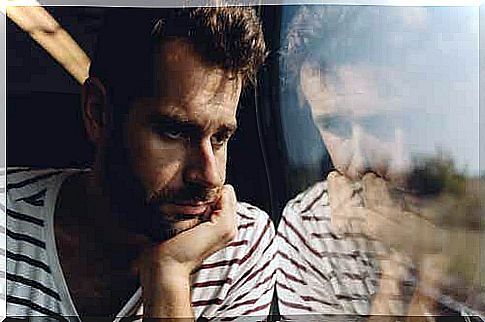
In this way the individual will be able to count on a range of problem solutions that is suited to his personal patterns, his learning history and the trial-errors that are part of his experience rather than being guided by generalized and standardized solutions.
The modeling process, the strengthening of processes based on approaches or on the progressive implementation of actions, or the acquisition of self-assessment skills could be complementary strategies that can improve our ability to solve problems.

